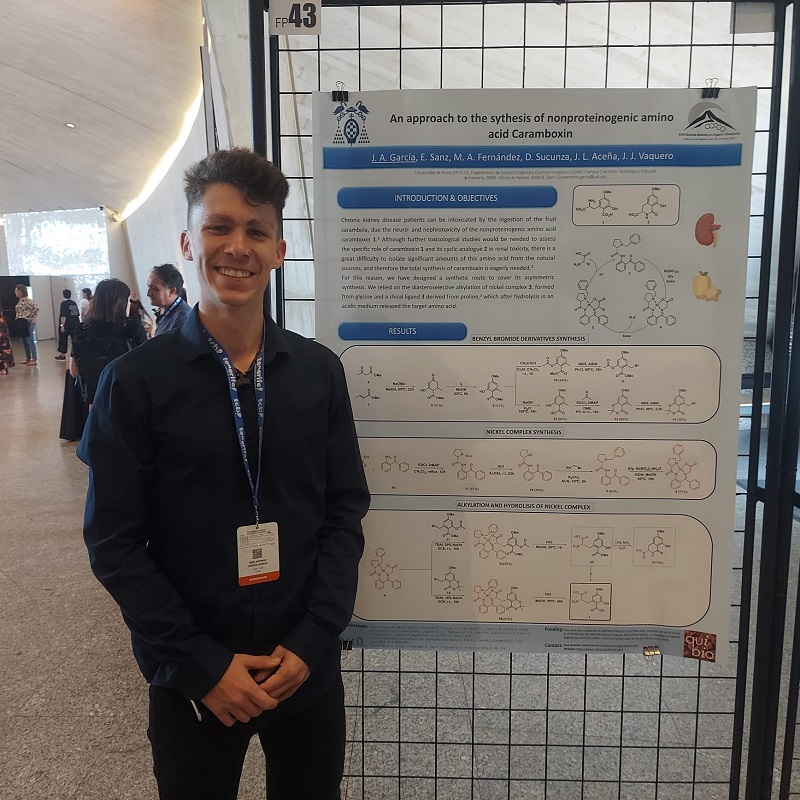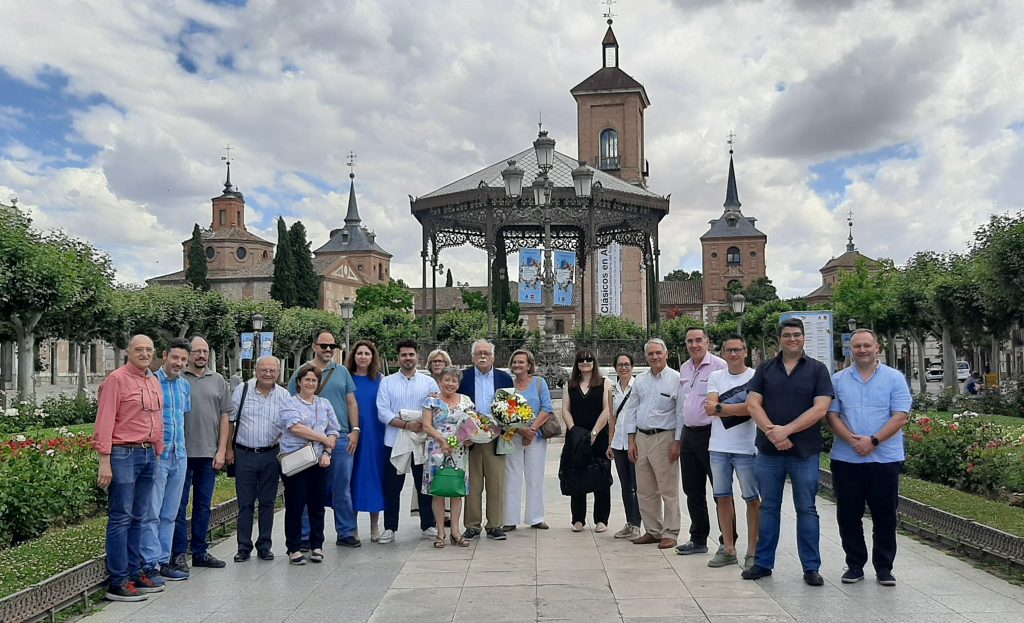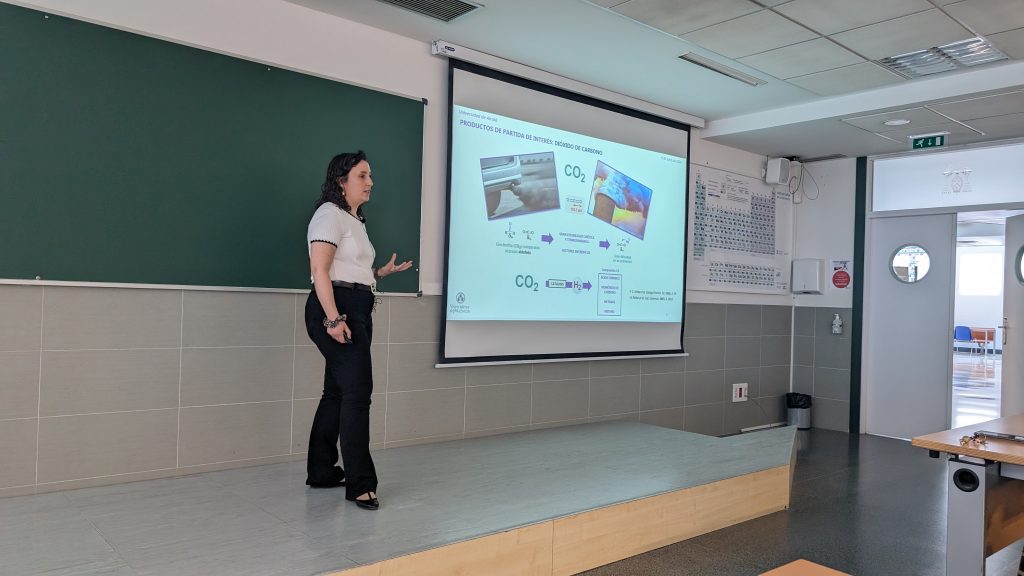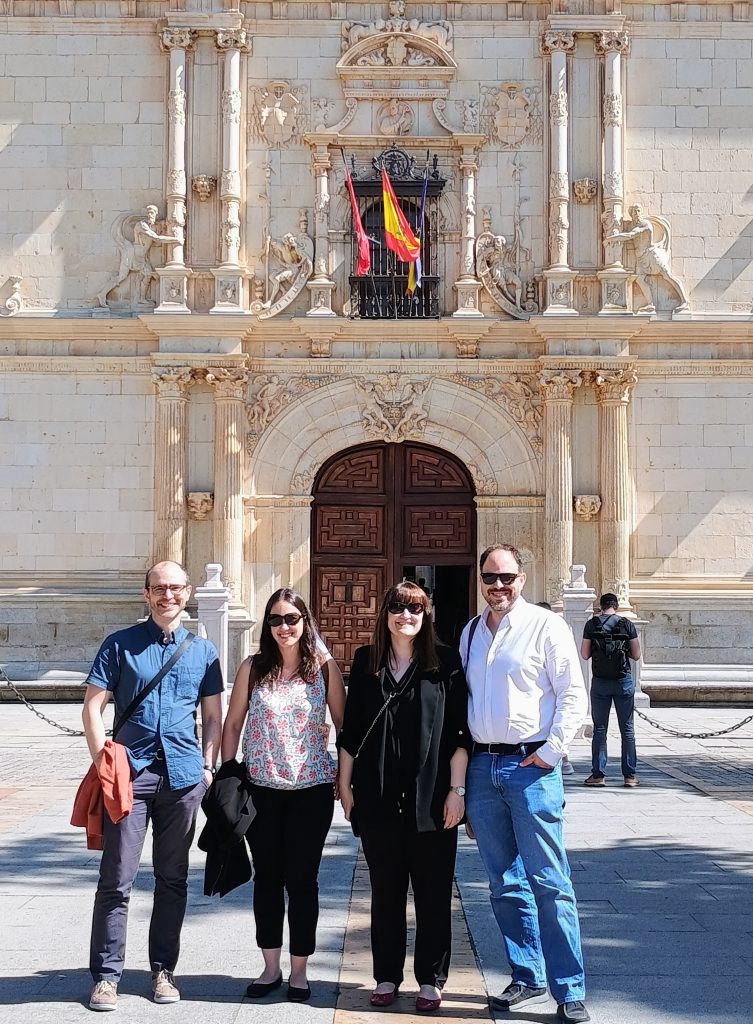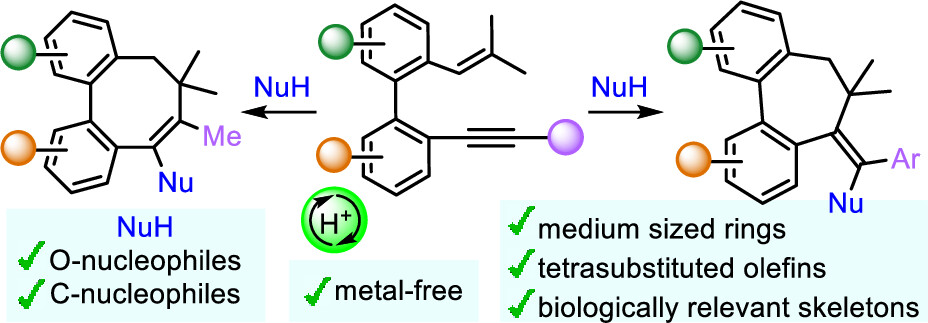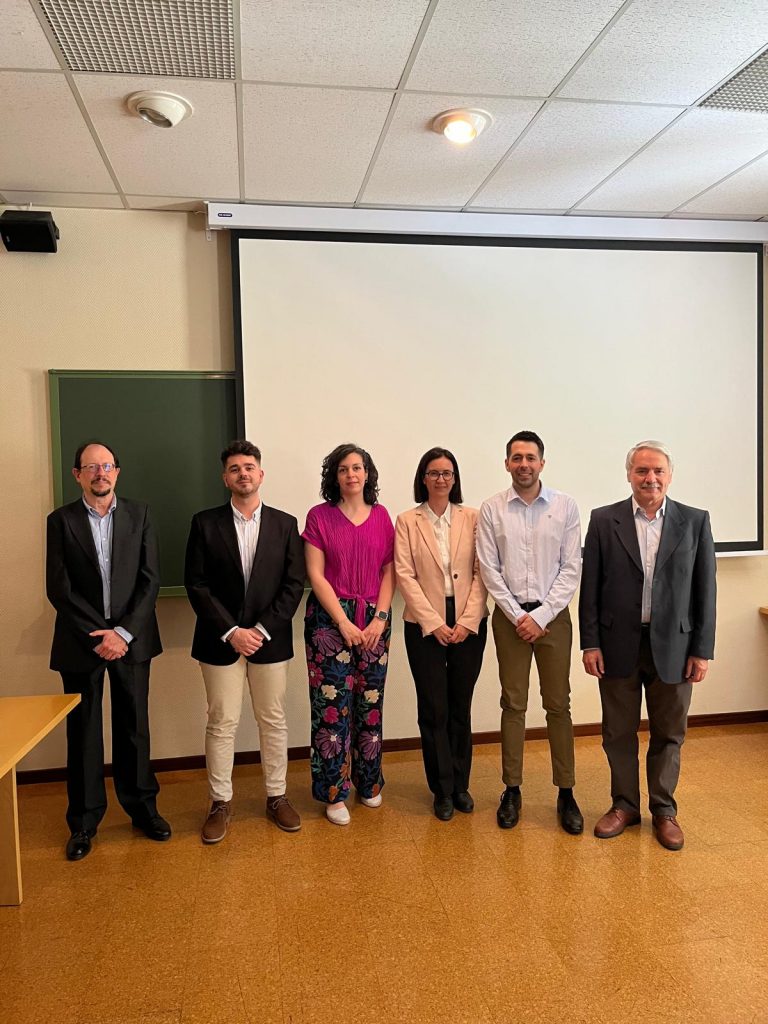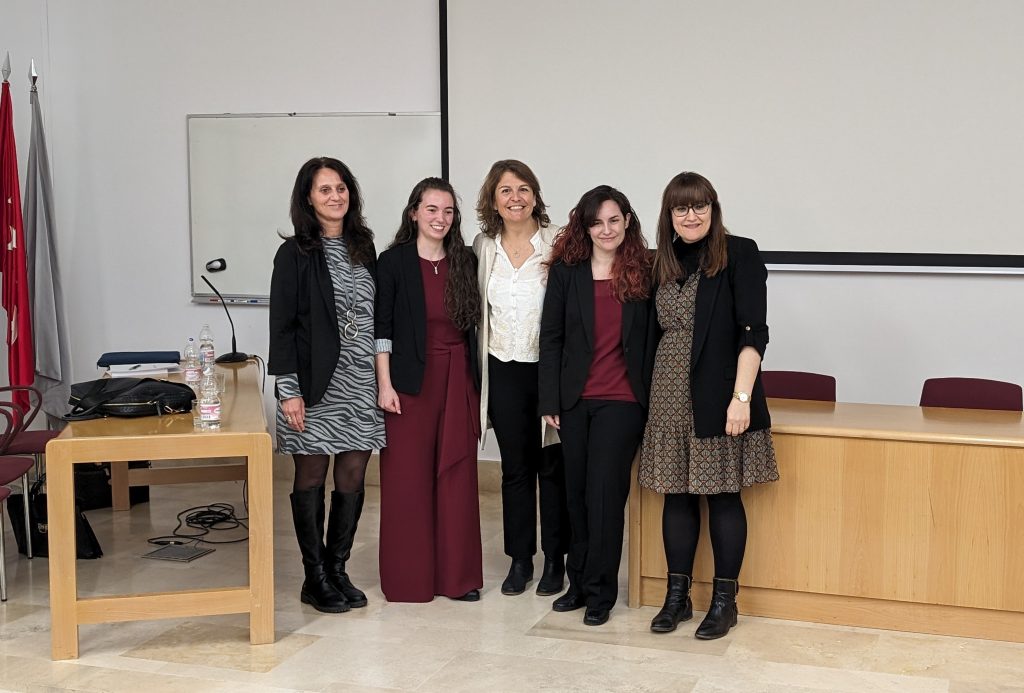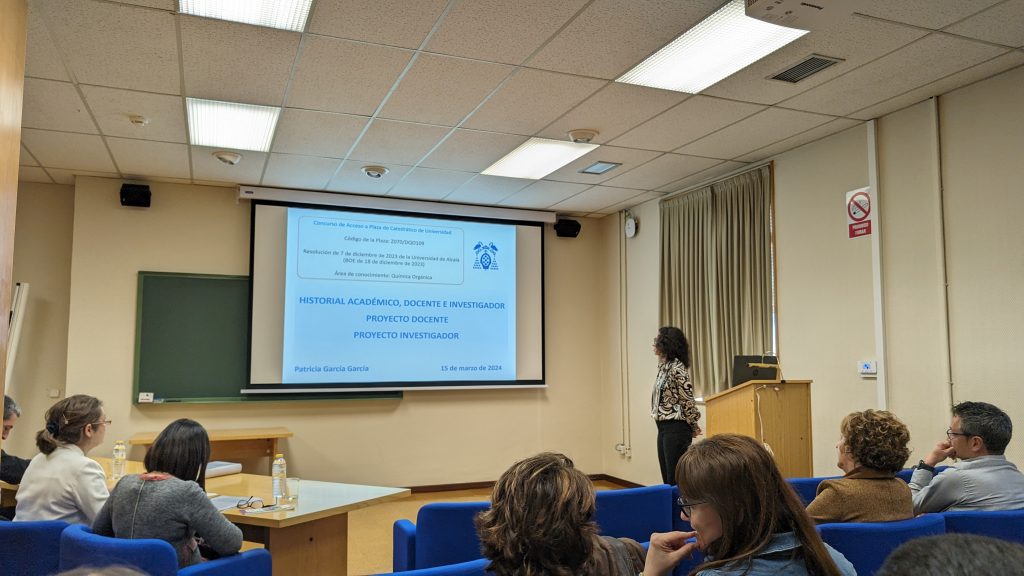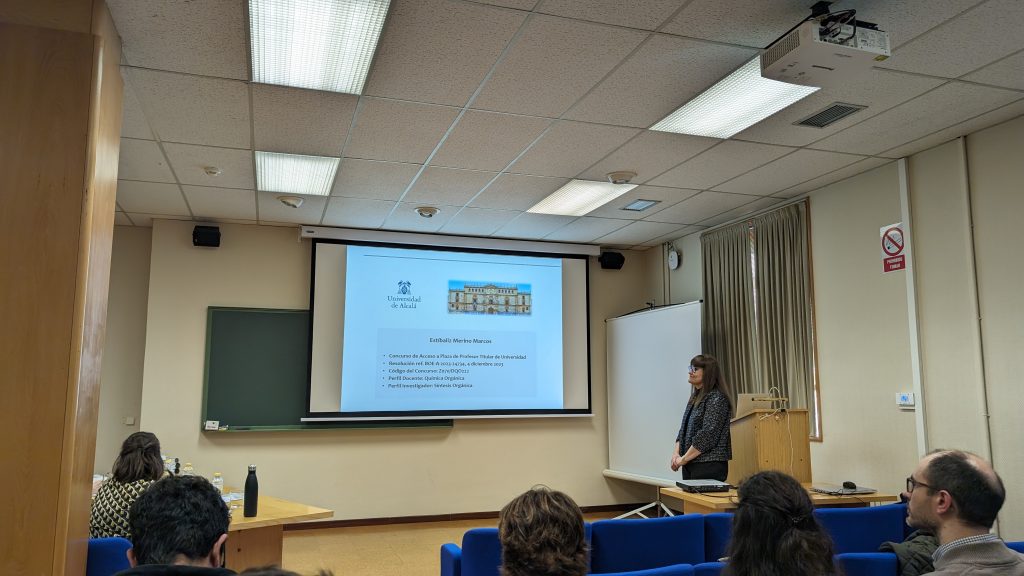XXIX Reunión Bienal de Química Orgánica
Santa Cruz de Tenerife, 26 – 28 June
Last June 26th, the Chemical Biology Group from the university of Alcalá was well represented in the bienal meeting of the Organic Chemistry Group from the Royal Society of Chemistry.
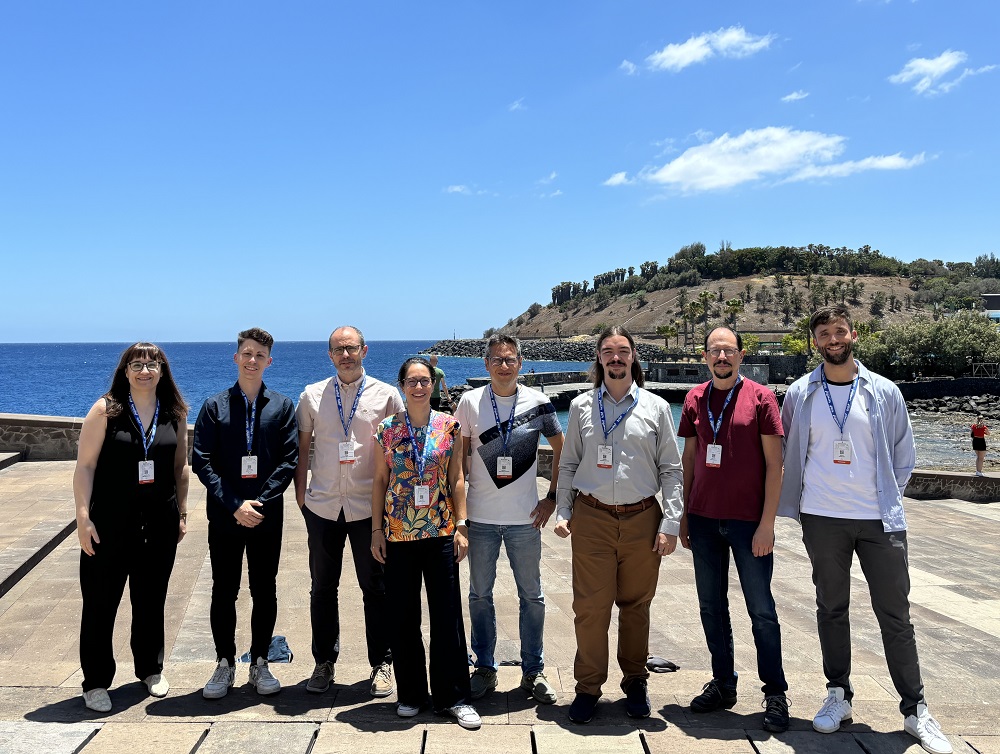
– Oral:
· A Journey into Unexplored Photoreactivity of Alkynylazobenzenes
Estíbaliz Merino
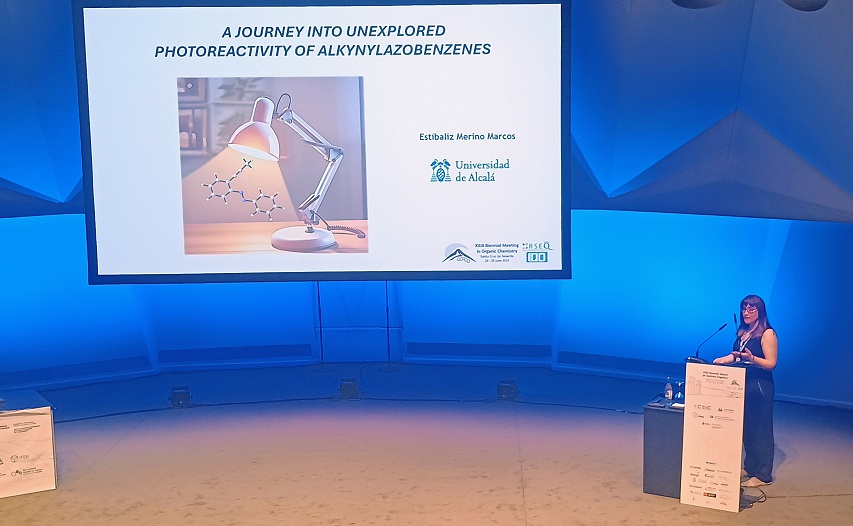
– Flash + Poster:
· Visible-light-mediated modification of amino acid derivatives
Guillermo Morales-Ortega, Javier Carreras
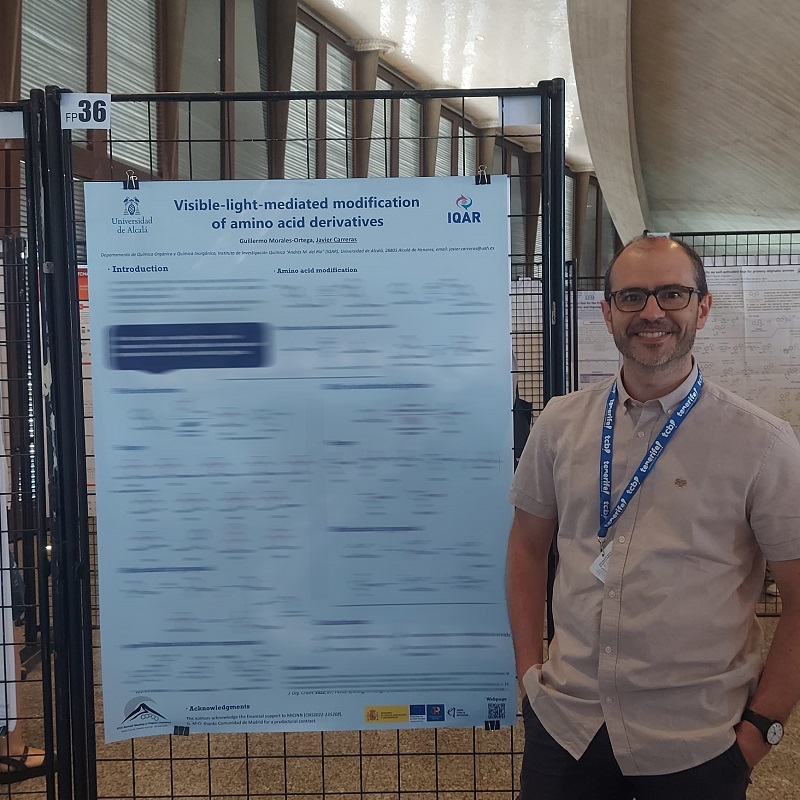
– Flash + Poster:
· Synthesis of novel 3,4-Dihydroquinazolinones via base promoted [4+2] cycloaditions
Sergio Torres-Oya, Manuel A. Fernández-Rodríguez, Mercedes Zurro
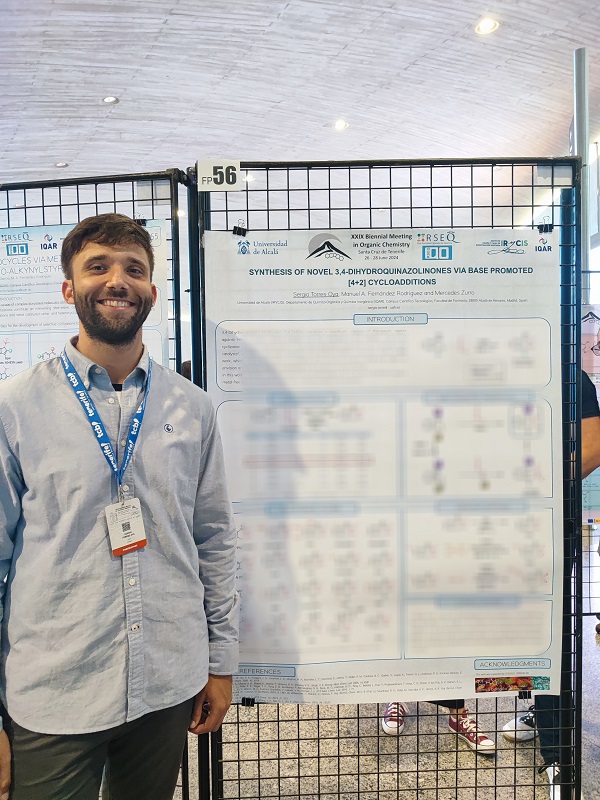
– Flash + Poster:
· Synthesis of borylated carbocycles via metal-free borylativee cyclizations of o-alkynylstyrenes
Marcos Humanes, Patricia Garcia-Garcia, Manuel A. Fernández-Rodríguez
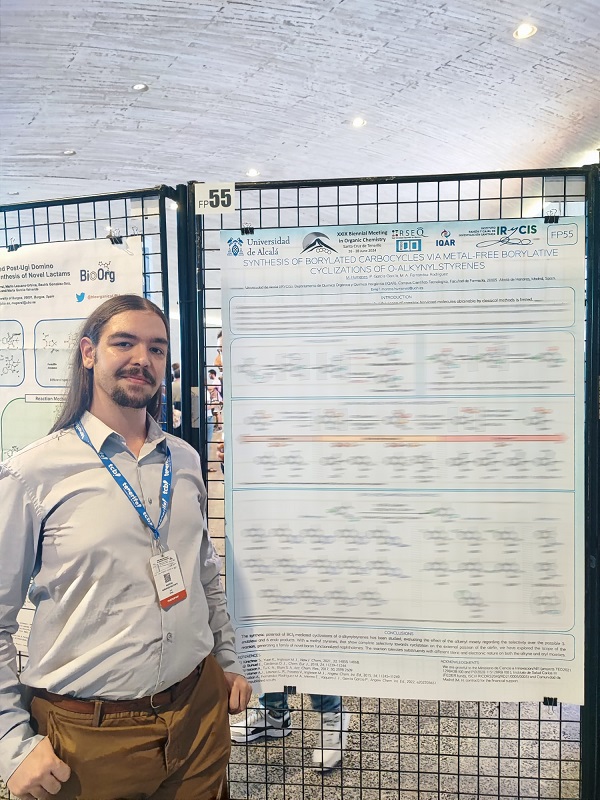
– Flash + Poster:
· An approach to the synthesis of nonproteinogenic amino acid Caramboxin
Jose Antonio García-García, Esther Sans, David Sucunza, Jose Luis Aceña Bonilla, Juan J. Vaquero.
